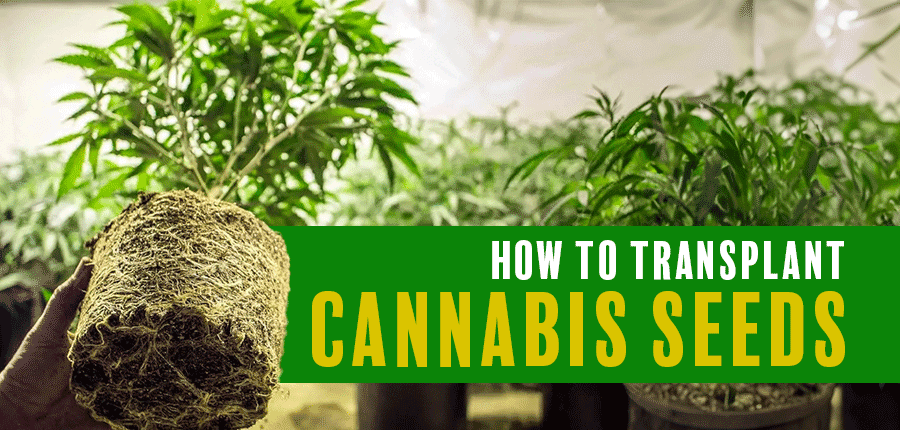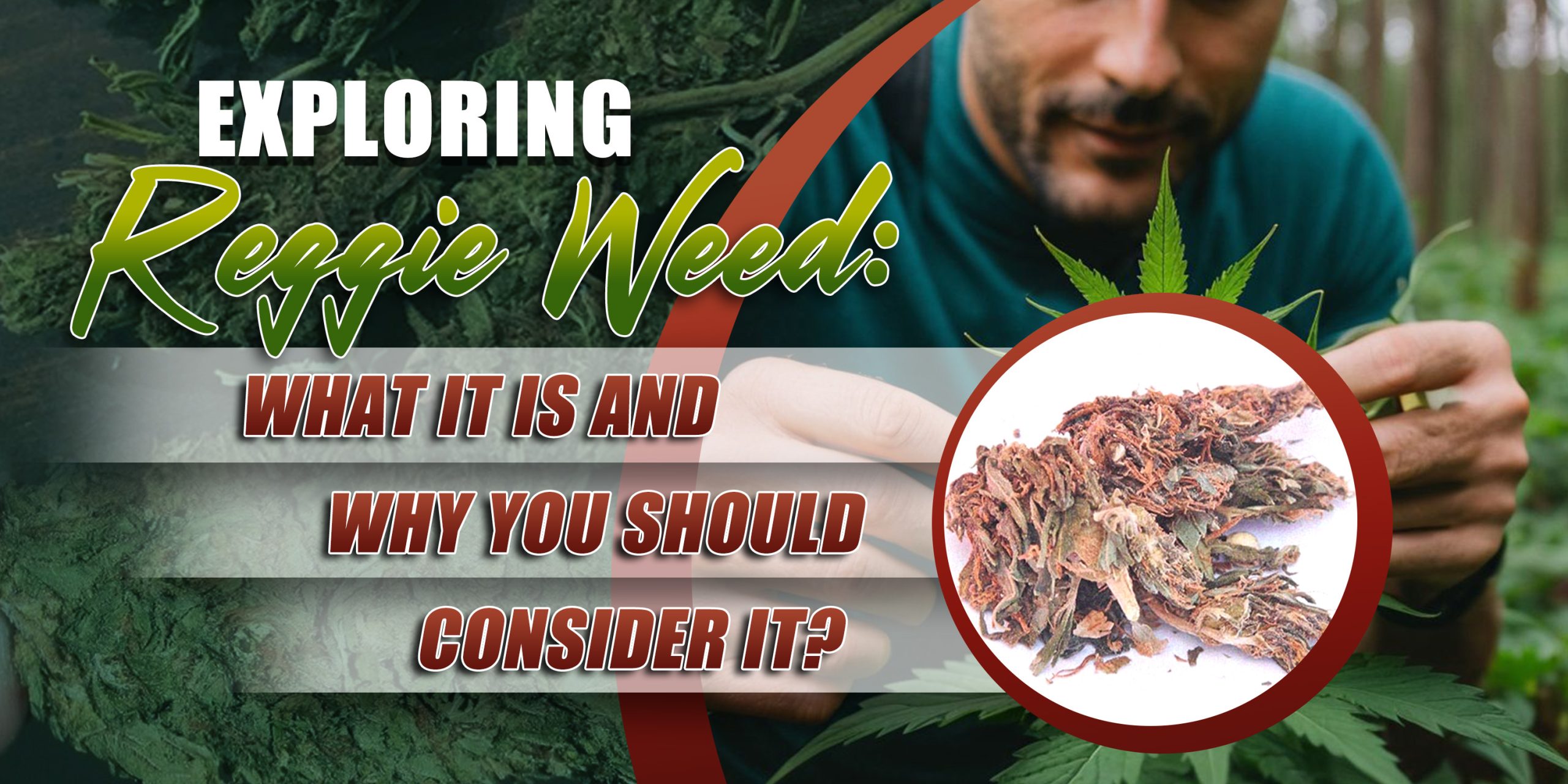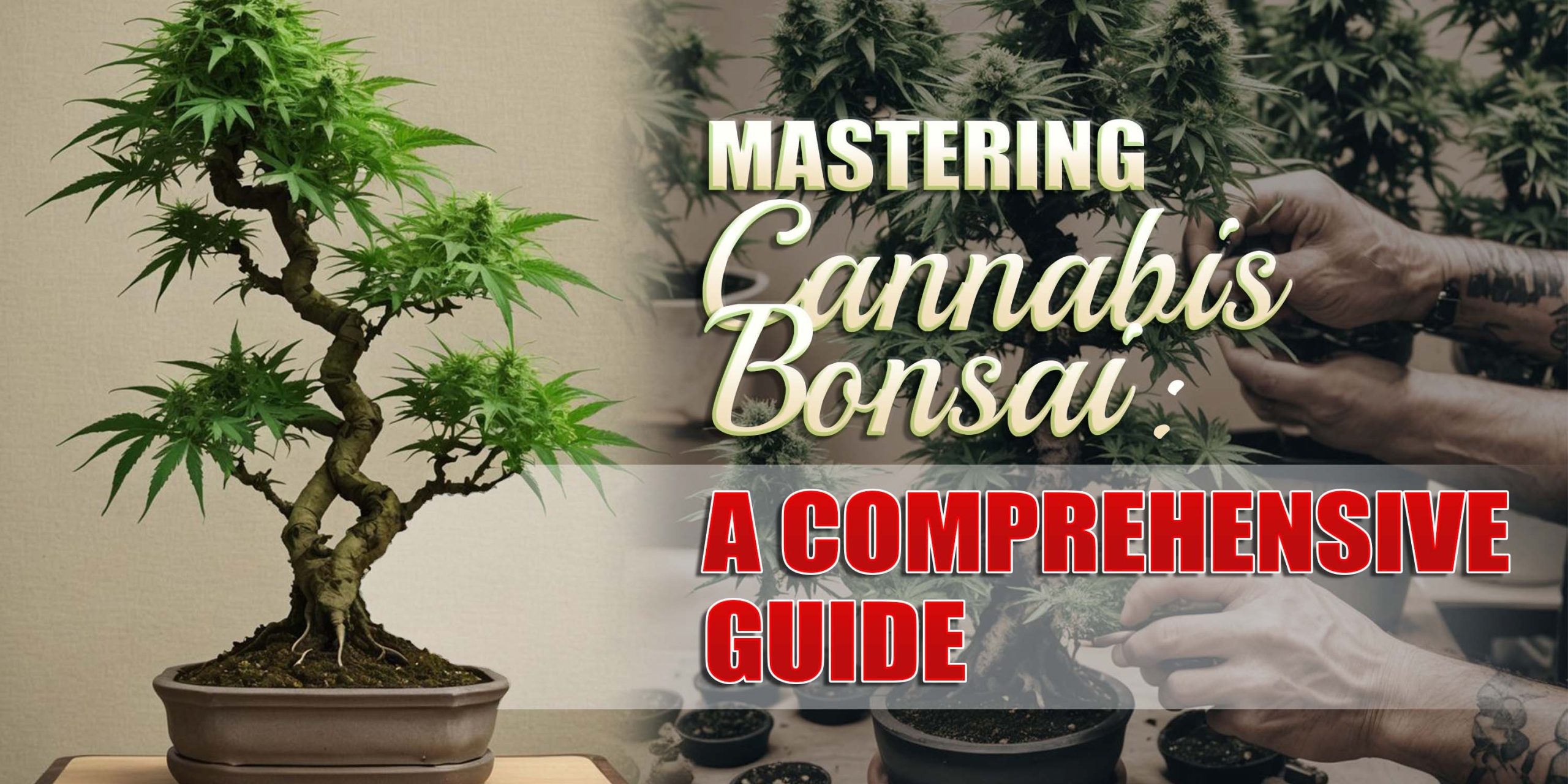Over the years, the field of cannabis cultivation has witnessed remarkable expansion, driven by the growing demand for recreational and medicinal purposes. One crucial aspect of cultivating cannabis involves the transplantation cannabis seeds, which entails transferring a plant from one container to another along with fresh soil.
Understanding the significance and advantages of transplanting cannabis seedlings is vital, as this pivotal step plays a fundamental role in fostering the healthy and vigorous growth of cannabis plants.
To achieve optimal growth and development of the plant, it is imperative to transplant cannabis seedlings. These young plants require specific environments for their roots to grow and develop, and timely transplantation ensures they have sufficient space and nutrients to flourish. By transplanting cannabis, the negative impact of overcrowding and resource competition on plant growth is significantly reduced. Moreover, relocating seedlings into larger pots allows their roots to spread out, facilitating increased water absorption and nutrients from the soil. Consequently, this fortifies the overall health and vitality of the plant.
Knowing Before Transplanting
A. Optimal container selection:
The selection of an appropriate container holds great importance when successfully transplanting cannabis seedlings. Choosing a container that is the right size and made of suitable materials is crucial. This ensures sufficient space for the seedling to grow and allows proper drainage, preventing the problem of waterlogging. The content material should also be breathable, promoting adequate airflow to the roots and preventing the occurrence of root rot.
B. Preparation of soil or growing medium:
Another vital aspect of cannabis transplantation is preparing the soil or growing medium. The chosen soil or medium should be nutrient-rich and possess good drainage properties to avoid waterlogging, which can result in root rot. Maintaining the soil’s pH level between 6.0 and 7.0 is essential for optimal nutrient absorption. Adding compost, perlite, or vermiculite to the soil can increase nutrient content and enhance drainage, improving plant growth.
C. Timely transplantation:
Ensuring the proper timing for transplanting cannabis seedlings is critical for their growth and development. It is advisable to transplant the seedlings when they have developed strong roots and possess two to three sets of leaves. Transplanting too early or too late can lead to stunted growth, as the seedlings may need more root development to absorb water and nutrients effectively.
D. Pre-transplantation watering and feeding:
Before transplanting cannabis, providing adequate water and nutrients to nurture the delicate seedlings is crucial. Maintaining proper moisture levels is essential for developing robust roots, while excessive watering should be avoided to prevent waterlogging and root rot. It is important to regulate watering practices to maintain optimal soil moisture. Additionally, providing seedlings with a balanced fertilizer can enhance their healthy growth and development. Adhering to the recommended dosage and frequency of fertilizer application is crucial to prevent a nutrient burn, which could potentially harm the seedlings.
Transplantation Guide
Now that you have completed all the necessary preparations for transplanting cannabis, let’s proceed to the actual process. Below, we present you with a step-by-step guide on how to transplant your cannabis seedlings.
1. Prepare the soil or growing medium in advance and have it ready. Ensure it is well-drained and nutrient-rich.
2. Take the container and fill it with the prepared soil, leaving sufficient space to accommodate the seedling’s root ball.
3. Create a hole in the center of the soil, ensuring it is large enough to fit the seedling’s root ball.
4. Gently remove the seedling from its previous container, carefully not damaging the delicate roots.
5. Place the seedling into the hole you created, ensuring the root ball is adequately covered with soil.
6. Water the seedling with care, ensuring that you don’t overwater it. The soil should be moist but not excessively saturated.
7. Find a suitable location with ample light and place the container there. Provide necessary nutrients as required to support healthy growth.
Keep a close eye on the seedling during the initial days to ensure it adapts well to its new environment. If any signs of stress, such as wilting, are observed, adjust watering or nutrient levels accordingly.
Following these steps, you can successfully transplant your cannabis seedlings and promote their healthy development.
Problems After Transplantation
Growers may encounter several common issues after transplanting cannabis seedlings, including transplant shock, overwatering, under-watering, and nutrient deficiencies. To tackle these problems, the following solutions can be implemented:
Transplant shock: Minimize the impact of transplant shock by providing a stable and stress-free environment for the seedlings. This involves moving them to a shaded area, reducing water and nutrient intake, and avoiding physical disturbances.
Overwatering: Prevent waterlogging and root rot by reducing the frequency of watering. Allow the soil to dry slightly between waterings, ensure good drainage, and maintain a well-ventilated environment.
Underwatering: Address insufficient watering by increasing the watering frequency and ensuring the soil maintains adequate moisture levels. Incorporating mulch or moisture-retaining substances in the soil can help retain moisture and prevent rapid evaporation.
Nutrient deficiency: Address nutrient deficiencies by supplementing the seedlings with essential nutrients. This can be achieved through the use of fertilizers or organic amendments. Additionally, adjusting the soil’s pH level within the optimal range of 6.0-7.0 enhances nutrient uptake and utilization.
It is crucial to promptly identify and address any problems to promote the healthy development of the seedlings. Regularly monitor their growth and adjust to environmental factors to prevent and mitigate common issues following transplantation.


















